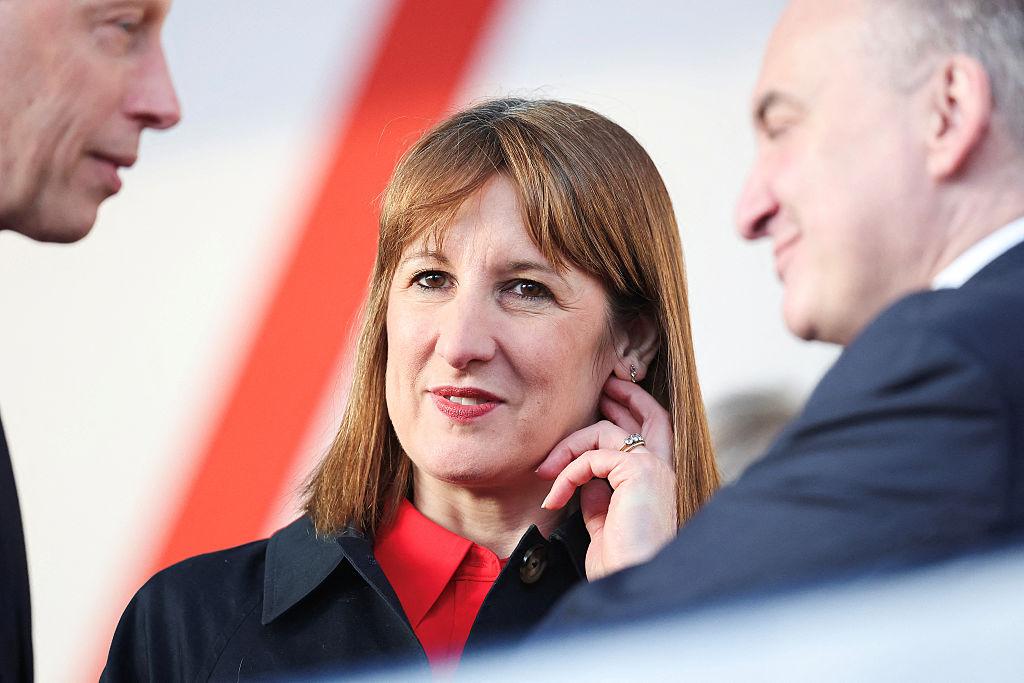Figures just released by the Office for National Statistics (ONS) show the UK unemployment rate has risen to 4.5 per cent, the number of people on company payrolls has dropped by 63,000 over the past year, and there are 131,000 fewer job vacancies than at this time last year.
Today’s employment data covers the period up to March – before the rise in the minimum wage and the Chancellor’s £25 billion national insurance hike took effect. The fact that the labour market was already faltering beforehand shows how deeply businesses were bracing for impact. It’s now the third consecutive month in which firms have shed jobs, and April's data could turn out even worse. In fact, a flash estimate for last month – which is likely to be revised – shows a decrease in payrolled employment on the year by 106,000.
The Bank of England reckons the effect the tax hikes have had on employment ‘appears to be fairly small’ but we’ve now seen a slew of data suggesting otherwise. A KPMG survey has found falling demand for jobs while the BDO employment index hit a 12-year low. Meanwhile the Chartered Institute of Personnel and Development said yesterday that the number of employers who expect to increase the size of their workforce in the next three months has hit a record low excluding the pandemic. Some economists now expect the unemployment rate to hit 5 per cent by the end of the year.
The number of jobs available fell by 42,000 in February to April compared to the three months before. This was the 34th consecutive decline. That’s 131,000 fewer jobs than a year ago and 34,000 fewer than the same period before the pandemic. The number of unemployed people per job hit 2.1 – up from 1.9 the previous quarter.
Despite this, wage growth remains strangely strong. The average worker received a pay rise of 5.5 per cent in March according to the ONS’s data. Adjust for inflation and that means a real terms increase of 2.6 per cent. While the Bank of England now places less trust in the ONS’s dodgy labour market data, this persistent wage growth will cause them alarm. The latest report by the Bank’s rate setters suggests they’re concerned by the risks of a wage price spiral as producers bump up costs to meet continued wage demands. But with unemployment now ticking up we may see wage growth slow soon.
The picture today is of a weakening labour market as employers began to feel the effects of Reeve’s tax rises and worried about the impact of Trump’s ‘liberation day’. It’s bad news for the chancellor. But she will not have to wait long for better headlines as the first reading of quarter one GDP growth – to be released this Thursday – is expected to show the best quarter of growth in a year. Economists are betting the economy to have grown 0.6 per cent in the first three months of the year. If the 0.6 per cent figure does come in then it’s likely to prompt upwards revisions to forecast for the whole year. Despite the government’s attempts to weigh the economy down with ever-tightening labour regulations and net zero zealotry, brighter days may lie ahead.







Comments